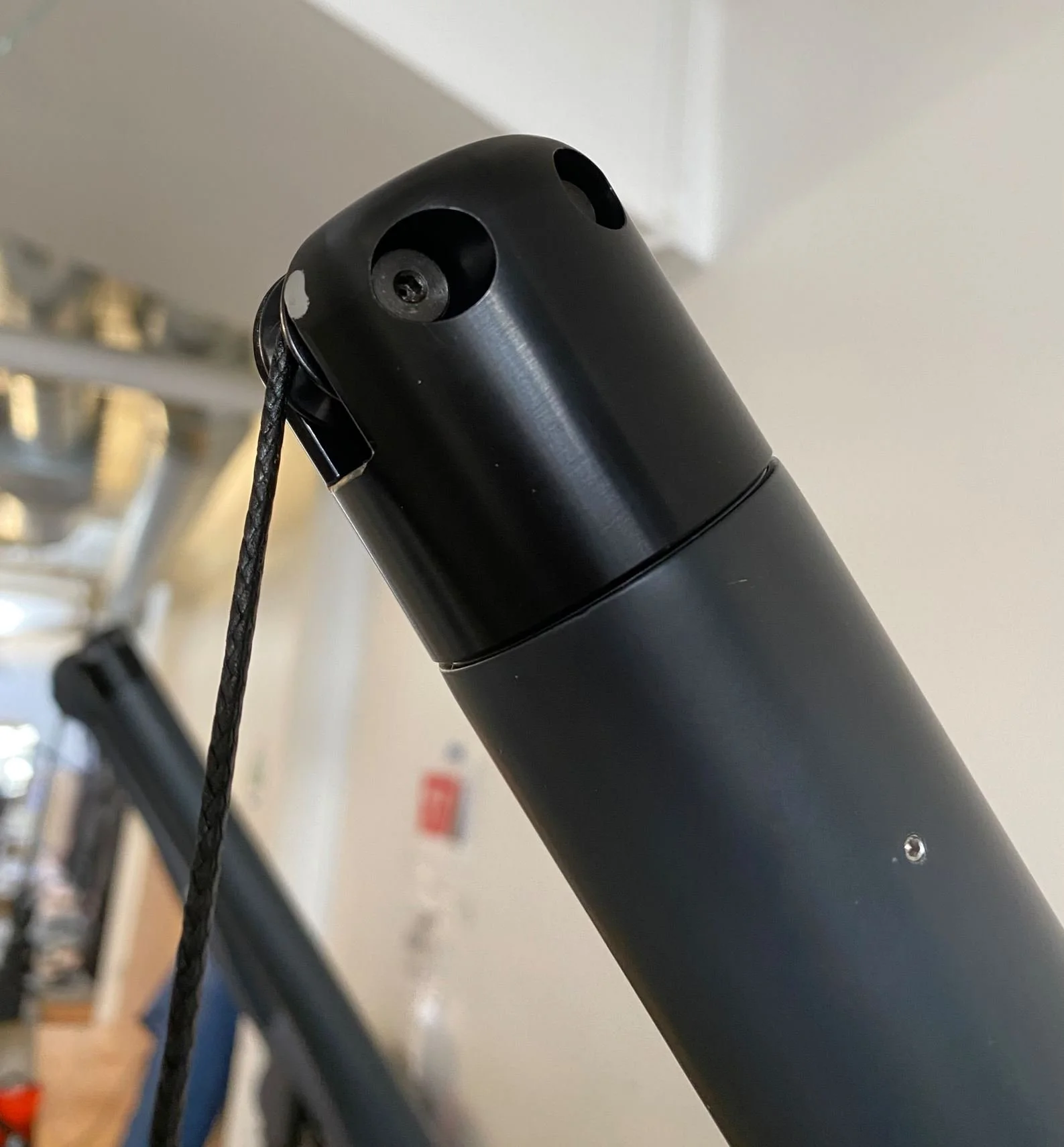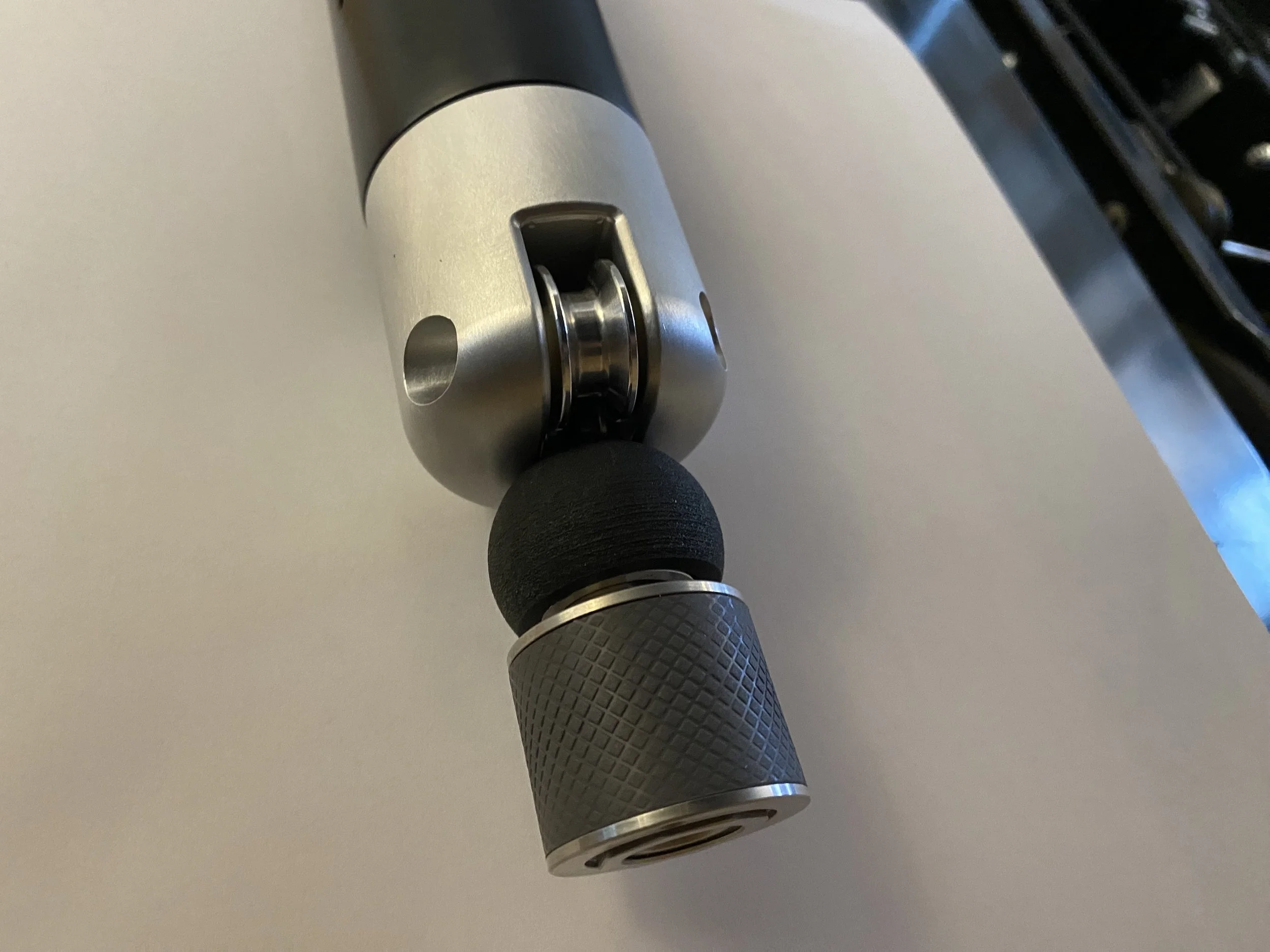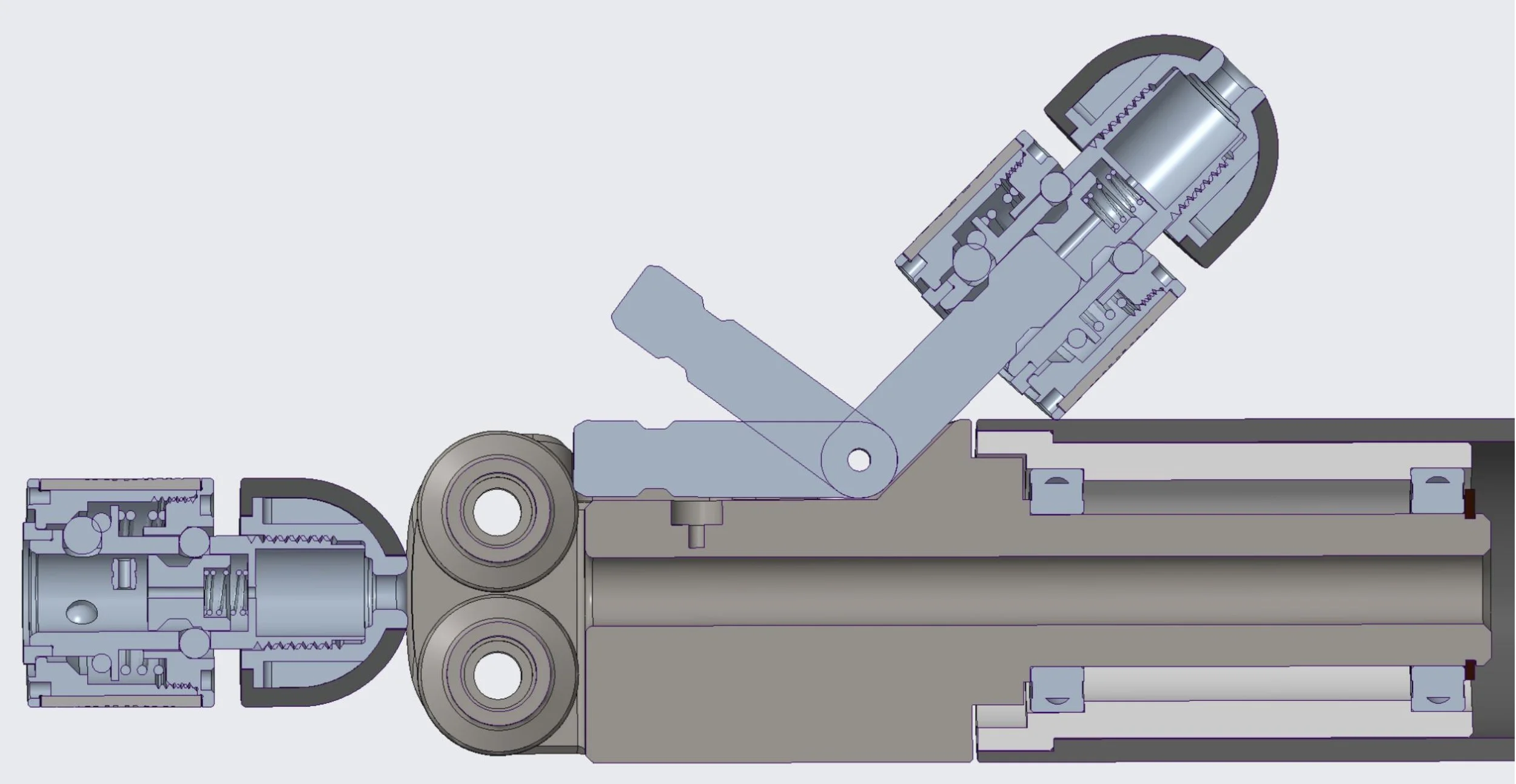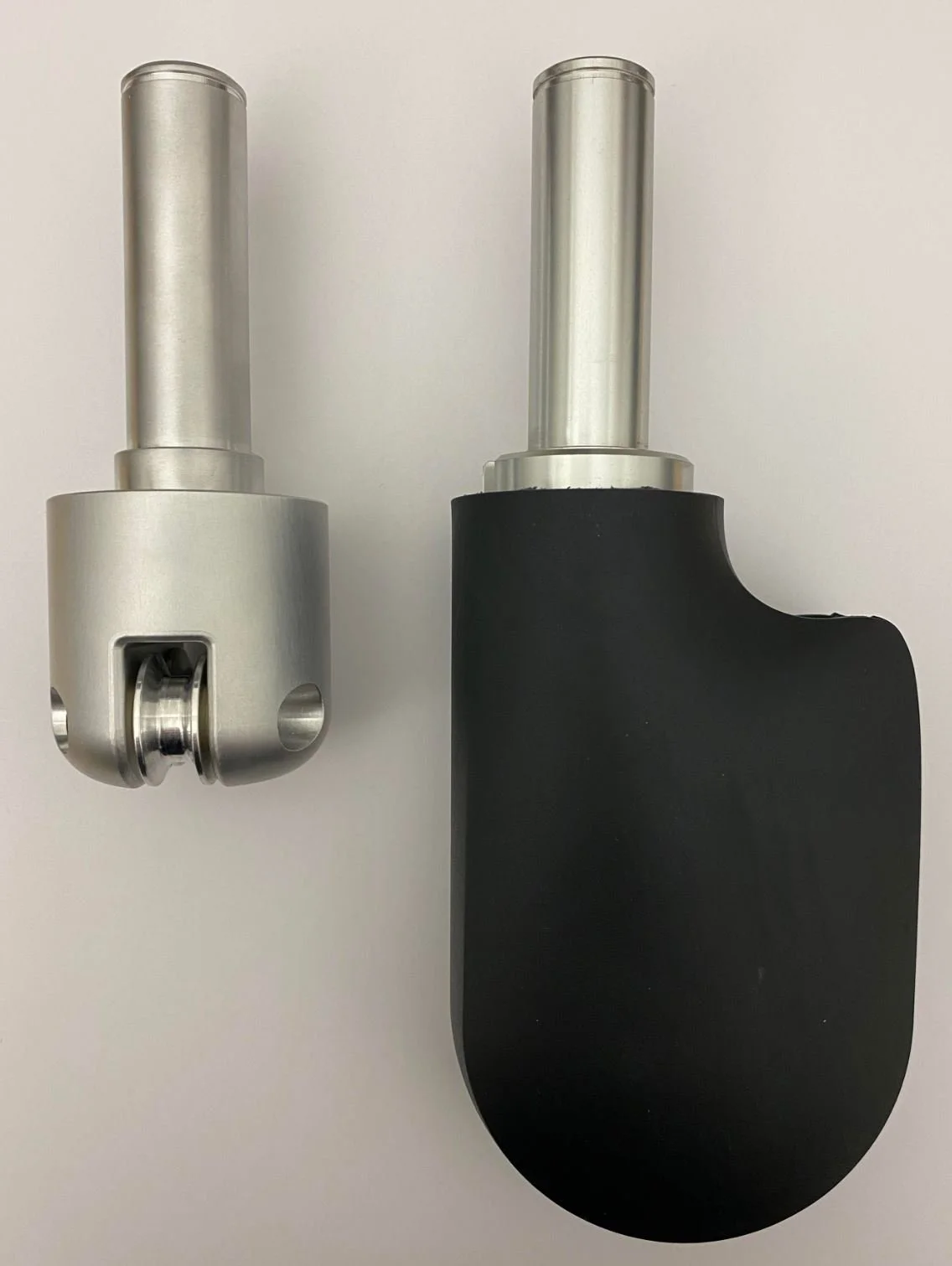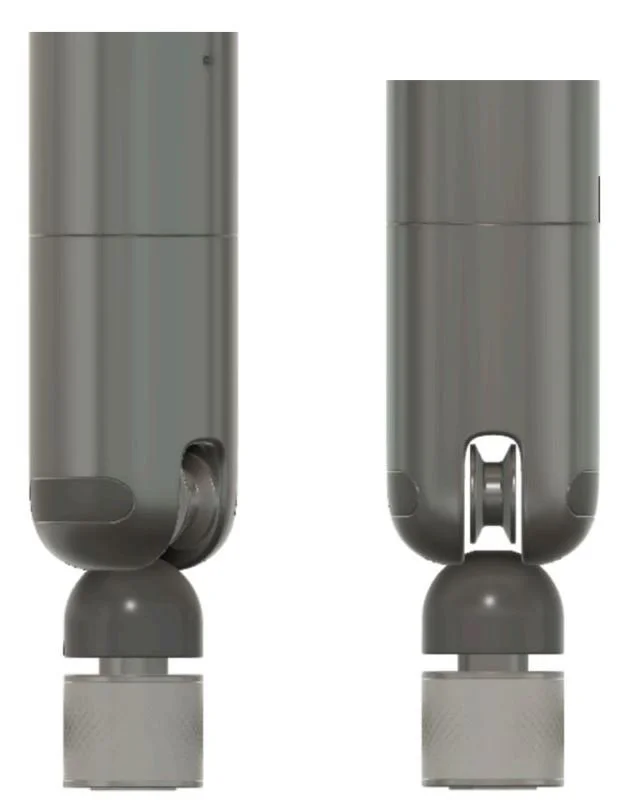Problem:
The existing arm end was too large to stow properly and would get stuck against the lift unit and/or wall it was mounted against. The cable also created visible wear against it and it was very expensive to produce.
Solution:
I was able to remove more than half of the components in the arm assembly with a single forged + machined aluminum piece that was small enough to fit within the diameter of the arm and significantly reduced cost and weight.
It was a challenge to have the pulleys and arm end itself to rotate smoothly within the force and range of movement of the user which required bearing and material selection, iteration and cycle testing.
The initial developments included an integrated stud that would rotate and be held into the arm end with a magnet to allow the force-doubling power of the advance Lift Attachment but it was later simplified to remove this feature and reduce cost as a smaller anodized aluminum part.
Timeline: 6 months
Role: Lead Mechanical Engineer
Challenges Faced
Space Constraints
Minimum bend radius of pulley
Wear on cord
Rotation of arm end
Competing factors and priorities
TImeline
Skills Demonstrated
CAD (Creo/Pro-E)
Testing (setup and execution)
Presentation to upper management (CEO)
Working with ID contractors
Prototyping
